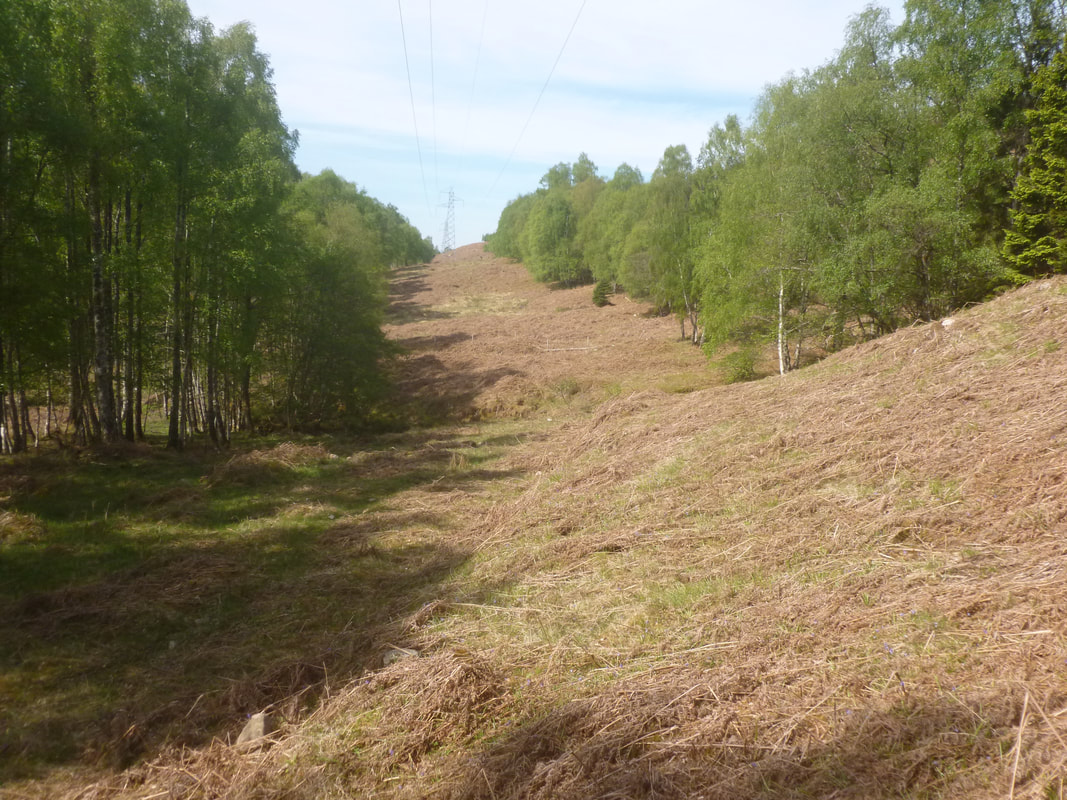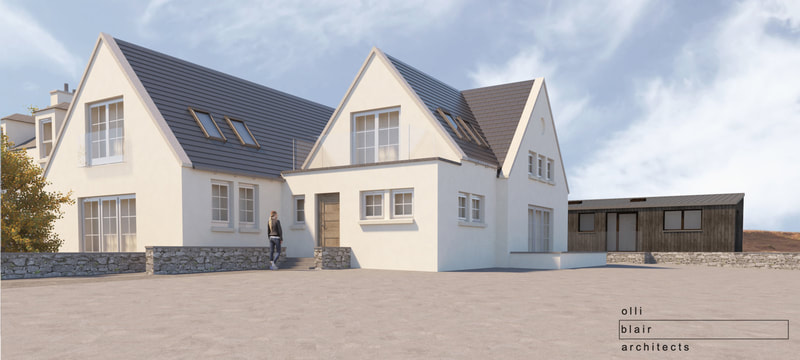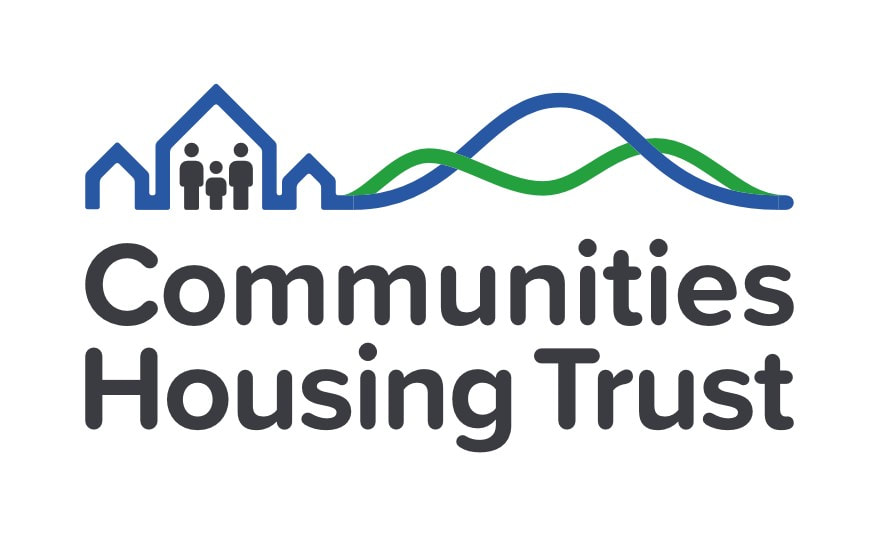Two areas of land at Ardochy have been purchased by Glengarry Community Woodlands and the Communities Housing Trust for six new woodland crofts, and four to six new affordable homes, to help repopulate the glen. Both land purchases totalling 66 hectares (163 acres) of Ardochy Forest were funded in part by the Scottish Land Fund, via Forestry and Land Scotland’s Community Asset Transfer scheme. The Scottish Land Fund (SLF) is funded by the Scottish Government and delivered in partnership by the National Lottery Community Fund and Highlands and Islands Enterprise (HIE). The community-led project comprising Glengarry Community Woodlands, the Woodland Crofts Partnership, and the Communities Housing Trust will help improve the long-term sustainability of Glengarry. This issue is reflected across many rural Highland communities where access to affordable housing and jobs can be extremely limited. Development of the croft and housing project followed a consultation process with the community who gave their input on the future of the land. Access to both housing and land were highlighted as important issues throughout the responses. Glengarry Community Woodlands will now work with the Woodland Crofts Partnership to establish four new woodland crofts over 47 hectares (116 acres) of the forest. In addition, the Communities Housing Trust will provide two new woodland crofts and four to six affordable homes over 19 hectares (47 acres), which will be a mix of tenures based on the needs of the local community: rental properties, homes for discounted sale, and croft housing. Any homes for sale will have discounts protected in perpetuity by the Rural Housing Burden, which also prioritises local communities in allocations, allowing control over future sales. The crofts will similarly be protected to ensure their benefits are retained within the community upon any future change of occupation.' The Chair of Glengarry Community Woodlands, Ross Lynn, said: “Glengarry Community Woodlands is delighted to be taking ownership of this land on behalf of the community, thanks to support from the Scottish Land Fund. We are looking forward to working in partnership with the Communities Housing Trust, and the Woodland Crofts Partnership to deliver the community’s plans for woodland crofts and affordable housing on the land, proposals that proved popular in our consultation meeting. “This is a pivotal moment for Glengarry as this project will provide young people and families with much-needed opportunities to remain in the area and to generate income through the sustainable management of this local woodland.” The community will work alongside the project partners to set the allocation criteria for the homes and crofts, with a focus on both addressing local needs alongside encouraging repopulation of the glen. The new crofts will bring the total number of woodland crofts applied for or registered by community groups to 30, a significant proportion of all new crofts created in recent years. Woodland crofts are crofts with sufficient tree cover overall to be considered woodland. Like any croft, they confer a mixture of rights and responsibilities on crofters, but based on management of the forest. The model can support both lifestyles and livelihoods, and has particular potential to deliver low-carbon living. Main contractor for the Woodland Croft Partnership, Jamie McIntyre, said: “We’re delighted to see the land transfers needed to make this project a reality finally go through – it has been a long journey to get to this point. The approach pioneered here by GCW of working in partnership to deliver badly needed crofts is one which is transferable to other communities, and one which we hope will be taken up more widely. We’d also like to thank the Scottish Government for funding support in the development of this project”.
Ronnie MacRae, CEO of Communities Housing Trust, said: “This is a fantastic example of holistic rural development targeting regeneration and repopulation that will also benefit both the economy and the environment. It demonstrates positive land use and stewardship, and we’re delighted to be working with Glengarry Community Woodlands and the Woodland Crofts Partnership to take the project forward. A combination of genuinely affordable homes and woodland crofts, spearheaded by the local community, is a great model that other rural communities will be able to look to.” The project’s next steps are to develop a forest design plan and masterplan for the land and to develop replicable legal templates for tenanted and owner-occupied croft models. Forestry & Land Scotland Chief Executive, Simon Hodgson, said: “As part of Scottish Government, our Community Asset Transfer Scheme (CATS) is giving Scotland’s communities more opportunities to develop land-based projects that will deliver benefits such as job creation, skills development, income generation and improved amenity. “With this latest completion, we look forward to seeing the development of crofts and affordable housing that will do much to revitalise and strengthen the local community. “It’s another great example of how CATS helps communities make the best use of the national forests and land.” Sandra Holmes, HIE’s head of community assets, said: “This innovative, community-led project is a great example of place-based development. The mix of tenures and new crofts will provide a range of opportunities to best meet local needs today and in the future. We particularly welcome the measures to keep these opportunities affordable in perpetuity. Our congratulations to Glengarry Community Woodlands and Communities Housing Trust in securing the land to enable this important development to progress.” This blog is part of a monthly series about community-led housing in Scotland, jointly written by Mike Staples, Chief Executive at South of Scotland Community Housing (SOSCH), and Ronnie MacRae, Chief Executive at Communities Housing Trust (CHT). Between us we’ve worked with hundreds of communities across Scotland, facilitating well over 1,000 affordable homes. In 2012, seven apprentices were taken on to help build six affordable homes in the Cairngorms National Park, as part of a skills training programme to boost crucial rural trades. Ten years later, three are still with the same local contractor, AW Laing. The rest have been taken on by other contractors in the area. The ten homes at Ardgeal near Kincraig were an exemplar community-led development by the Communities Housing Trust, using a former Forestry & Land Scotland site where all timber felled and material excavated was used on site. The homes have minimal impact on the environment and are efficient to run. But beyond this, they provided needed job opportunities for young people and boost rural construction trades. The apprentice programme was one of many ways the project looked at long-term sustainability. All felled timber was milled on site and some was provided for an outdoor classroom at the local primary school, whose numbers were increased with new families moving to the ten homes. In the remote community of Glentrool, on the edge of the Galloway Forest Park, Glentrool & Bargrennan Community Trust appointed Broatch Construction to redevelop three homes into affordable, family housing. The work was completed in March 2022, helped along by a team which included four apprentices. A trainee electrician, a plumber, and two joiners worked on the redevelopment project, all recruited from the local surrounding area. The apprentices used advanced, climate- friendly approaches, including implement new solar-powered heating systems, to create beautiful and high-quality homes for incoming families. The project also allowed for practical ‘green-build’ experience for young professionals along the way. South of Scotland Community Housing is also partnering with South of Scotland Enterprise and community organisations, including Dumfriesshire East Community Benefit Group, to develop a programme of skills- building for low-energy retrofits. These schemes will be jointly delivered with funders and communities to support an inclusive transition to net-zero in the construction and housing sectors. ‘Just’ building a house can be so much more – and we need to provide thousands more affordable homes in Scotland. The associated benefits from a community-led approach are significant. Establishing skills development programmes to help deliver community-led housing is an effective way to:
Opportunities for rural and regional growth Rural trades are in crisis. Construction prices rose more than 27% from May 2021 to May 2022;[1] travel costs are through the roof; and labour is exceedingly hard to come by, especially in rural areas. Numbers of construction employees in Scotland fell by 9.2% in 2020 compared to 2019, whereas numbers increased in England and Wales.[2] Construction projects overall are costing 10-15% more compared to 1-2 years ago.[3] These create real knock-on impacts when a community is paying. Since many construction firms and tradespeople are concentrated in the central belt, there is a growing need for regional skills. With the push towards community-wealth building, there is a huge opportunity for regional supply chains as an investment priority for the development sector. By keeping contracts local, community housing projects have the potential to create new jobs and training opportunities. It also ensures wages stay local and are reinvested in nearby people, businesses and services. This includes ongoing and long-term opportunities for repairs and maintenance, to establish or grow local companies which are more accessible and less expensive than companies who have to travel long-distance. This is a key aspect of viability and affordability of homes in rural areas. Community-led housing simultaneously provides job opportunities in rural areas and tackles the skills shortage for the long-term, further supporting rural communities down the line. Secure jobs and housing mutually reinforce each other and are important parts of creating great places. No Planet B As for planetary considerations, there’s also the drive to repurpose empty buildings across Scotland. In Glendale, Skye, the renovation of the disused school will provide opportunities for students to do hands-on coursework units in retrofitting and recycling building materials, as well as CPD for those in related fields. This Glendale Trust and Communities Housing Trust project is working in partnership with Historic Environment Scotland, Zero Waste Scotland, Built Environment Smarter Transformation, and Climavore, to name just a few. We can’t have ‘sustainable developments’ with exciting new ‘green’ materials that have to be shipped internationally and installed by experts from afar. So, looking holistically at climate conscious aspects common to community-led projects, local contractors and companies help do the following:
References
[1] See UK Government’s Department for Business, Energy & Industrial Strategy monthly statistics: https://www.gov.uk/government/statistics/building-materials-and-components-statistics-june-2022 [2] ONS Construction Statistics GB 2020 https://www.ons.gov.uk/businessindustryandtrade/constructionindustry/articles/constructionstatistics/latest [3] Communities Housing Trust projects at September 2022; own calculations. |
CHT BlogThis blog features a variety of CHT’s developments and projects located throughout the central and northern Scotland. It also includes the latest news and updates regarding the Trust. Archives
September 2023
Archives
September 2023
Categories
All
|











 RSS Feed
RSS Feed
